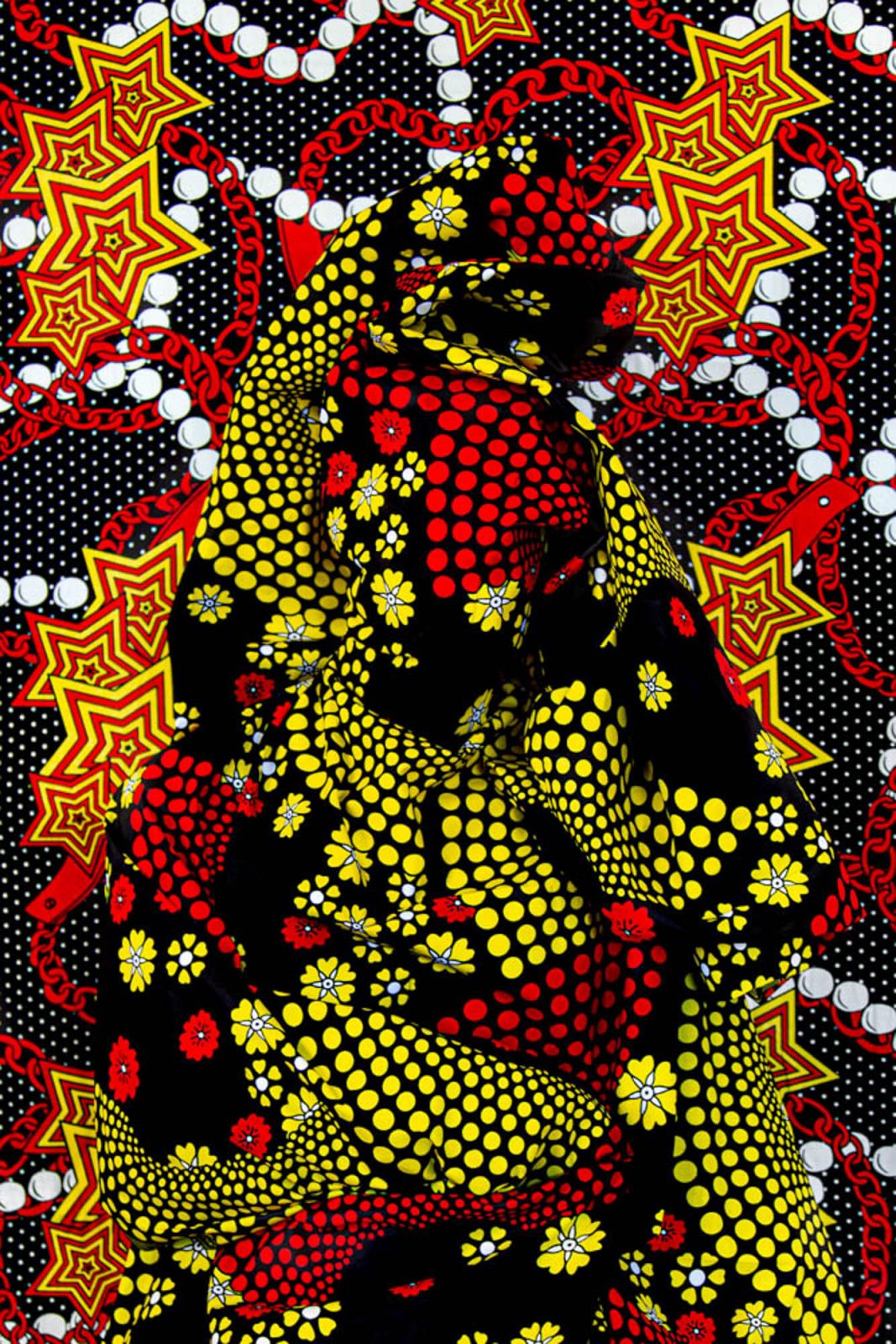Alia Ali is a Yemeni-Bosnian-US multi-media artist. Having traveled to sixty-seven countries, lived in seven and grown up among five languages, her most comfortable mode of communication is through image and multi-sensory mediums.
Her extensive travels have led her to process the world through interactive experiences and the belief that the interpretation of verbal and written language has dis-served particular communities and presents more of a threat than a means of understanding.
Alia’s aesthetic interests stem from people, place, and the processes which unite and divide us, all at once. Her work reflects on the politics and poetics of contested notions surrounding the topics of identity, physical borders, universality, mental/physical spaces of confinement, and the inherent dualism that exists in everything. Her work blurs the lines between what we claim to be objective and subjective, illusion and reality, truth and interpretation.
Her work has been featured in publications including the Financial Times, Le Monde, Elle, Vogue, Hyperallergic, and Harper’s Bazaar Arabia. Alia has won numerous awards including the LensCulture Emerging Artists Award, the Allan Sekula Social Documentary Grant, the Magenta Foundation’s Emerging Talent Award, and Gold in the Fine Art Category of the Tokyo International Foto Awards. She has exhibited internationally and has most recently shown at Galerie Peter Sillem in Frankfurt, Galerie Siniya 28 in Marrakech, Gulf Photo Plus in Dubai, PhotoLondon 2019 in the UK, 1:54 Contemporary African Art Fair in Morocco, the Lianzhou Photo Festival in China, the Stedelijk Museum Schiedam in the Netherlands, and the Katzen Museum of Art in Washington DC. Alia has presented lectures and workshops at Harvard University, the LACMA, the Middle East Institute, Gulf Photo Plus and the Arab American Museum.
In 2020, Alia will be exhibiting at the New Orleans Museum of Art, the Benton Museum of Art, the CAFKA Biennial, Galerie Peter Sillem and Galerie Siniya 28. She will also be presenting her work at the College Art Association (CAA) Conference in Chicago.
Alia Ali lives and works in Los Angeles and Marrakech.
Visit our Instagram Learn more about this artist
